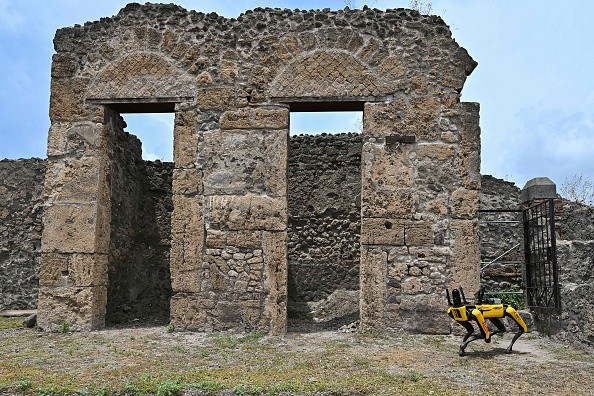
Archaeologists have discovered an intricately decorated blue room known as a sacrarium during recent excavations at the Pompeii Archaeological Park.
The 86-square-foot sacrarium is decorated with allegories of agriculture and shepherding and painted blue walls with female figures representing the year's four seasons.
On Tuesday, June 4, the Italian Minister of Culture, Gennaro Sangiuliano, visited the site and described the old city as "a treasure chest that is still partly unexplored."
The ministry claimed that after thoroughly examining the room, it was revealed to be a sacrarium or a place for ceremonial practices and the preservation of holy items.
The latest discovery was made during excavations in the central Pompeii neighborhood of Regio IX, one of the active locations for uncovering new artifacts.
Furthermore, the culture ministry said that the project aims to improve the structure of the area, making the protection of the vast Pompeiian heritage more effective and sustainable.
Among the other recent discoveries in the area are a house's worth of furniture, a bronze kit with two jugs and two lamps, construction materials from renovations, and eaten oyster shells.
Last week, it was announced that Pompeii archaeologists had discovered children's drawings showing bloody depictions of gladiators and hunters fighting animals.
The drawings were discovered on the walls of a back room in the residential area of the archeological park. It is believed that the paintings were created by children between the ages of five and seven sometime before Mount Vesuvius erupted in 79 AD.
Sangiuliano told Euronews that Pompeii is truly a treasure chest that never ceases to surprise them and arouses amazement because, every time they dig, they find something beautiful and significant.